The Rosa Garden Budatétény - Institute of Landscape Architecture, Urban Planning and Garden Art
Ornamental Plant and Green System Management Research Group
The Rosa Garden Budatétény - DZK
Last modified: 28. October 2022
The Rosa Garden Budatétény
The Rosa Garden Budatétény is considered the largest rose gene source of Hungary. The park and the collection is maintained and owned by the MATE Institute of Landscape Architecture, Urban Planning and Garden Art. The area of the garden is 2.5 hectares, the number of maintained and controlled items is 1006, and there are 7000 t planted stems.
Gergely Márk (1923-2012), the later head of the Budatétény Rose Garden, started collecting the varieties as early as 1950. The rose cultivars were initially planted in the garden of a nearby mansion Györgyháza (today György-Villa). However, the collection soon outgrew this garden, and that is when the need arose, that Budapest needed a well-designed rose garden. That is today's Budatétény Rose Garden, designed by Professor Dr. Imre Ormos. The garden was built in 1963-64, and it is located in the area framed by Park Street, Nagytétényi road and the Gyula-vezér stairs. This place was originally the fields and gardens of the Czigány-mansion.
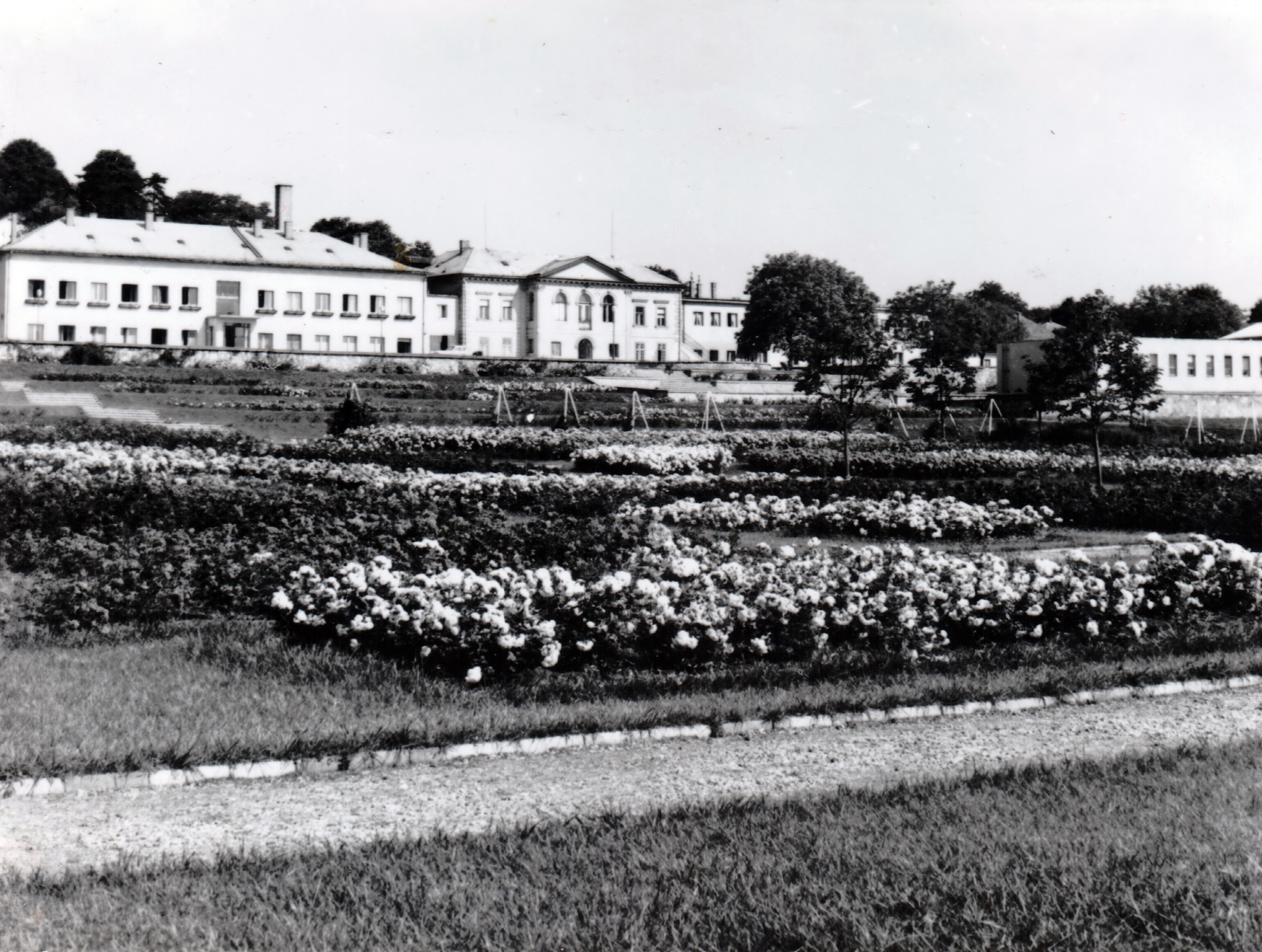
The main value of the collection is the large number of varieties bred from 1950s and 60s, these roses are very rare, and only in few places in the world can be seen. In addition, the rose garden also shows countless cultural and historical specialities, such as the early Christian Abyssinian holy rose, the medieval tidbit and apothecary rose, Iranian and Bulgarian damask roses which are the main source of the rose oil, green roses, moss roses, the earliest Chinese tea roses, or Europe's oldest yellow roses. The 'Fortschritt' cultivar bred in 1933 is also one of the specialities of the garden, because it has been considered as extinct variety for a long time, nobody knew that time, that in Budatétény it survived.
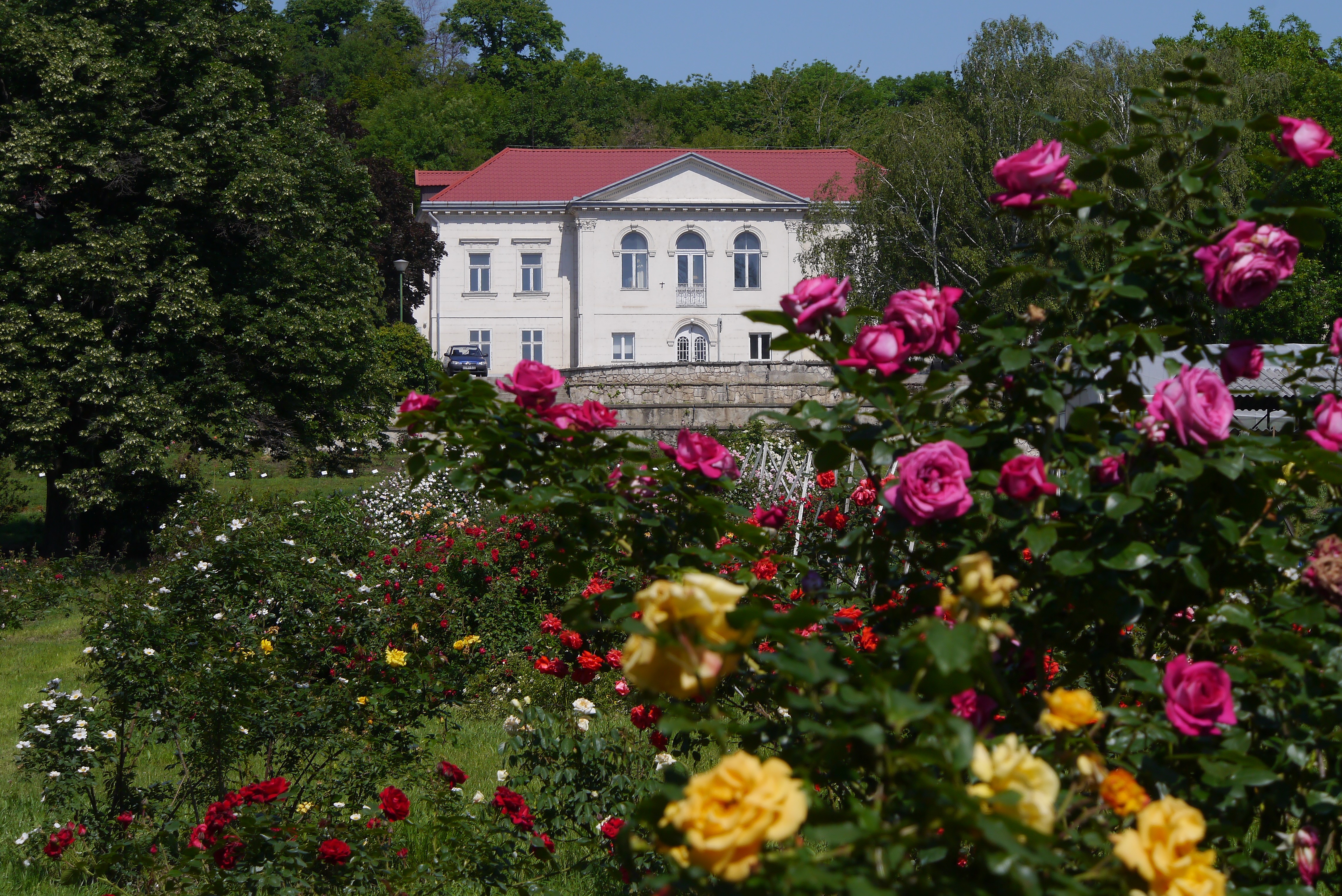
The collection of the Hungarian bred roses is also very significant, currently the garden presents 200 Hungarian varieties, most of them were bred by Márk Gergely. In addition, the visitors can find here some older Hungarian varieties also, cultivars of the breeders Rudolf Geschwind (1829-1910), Árpád Mühle (1870-1930), Rudolf Palocsay (1900-1978), and Ferenc Müller (1923-2012).
The main task of the Budatétény Rose Garden as a collection is preserving varieties that have already disappeared from public cultivation, because they are considered out of fashion, and we provide propagating material for breeders and garden owners. Despite the fact that decorativeness of these roses sometimes poor by today's standards, they can still carry countless valuable, hidden features, such as disease resistance, frost and drought tolerance, which is why their preservation is extremely important.
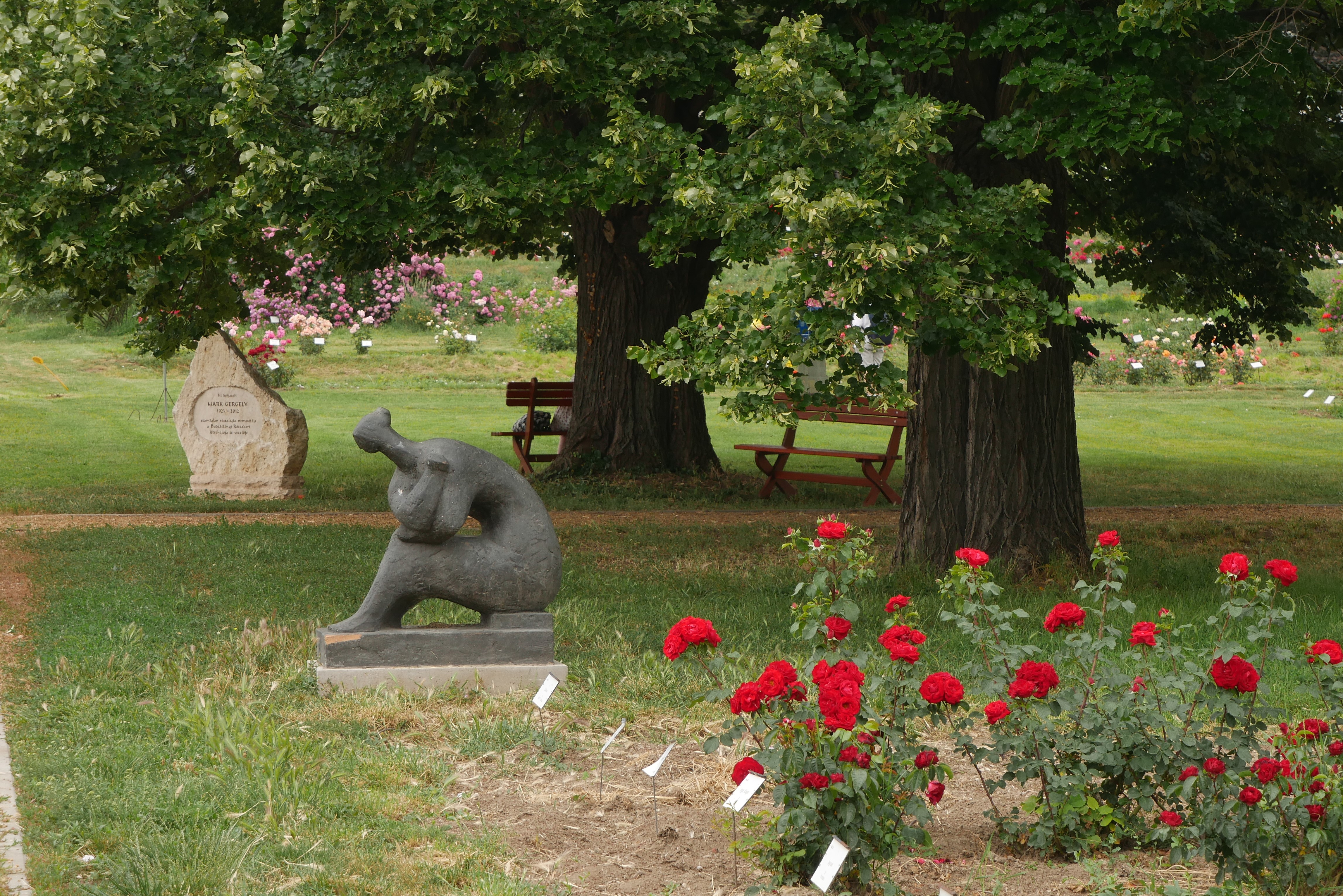
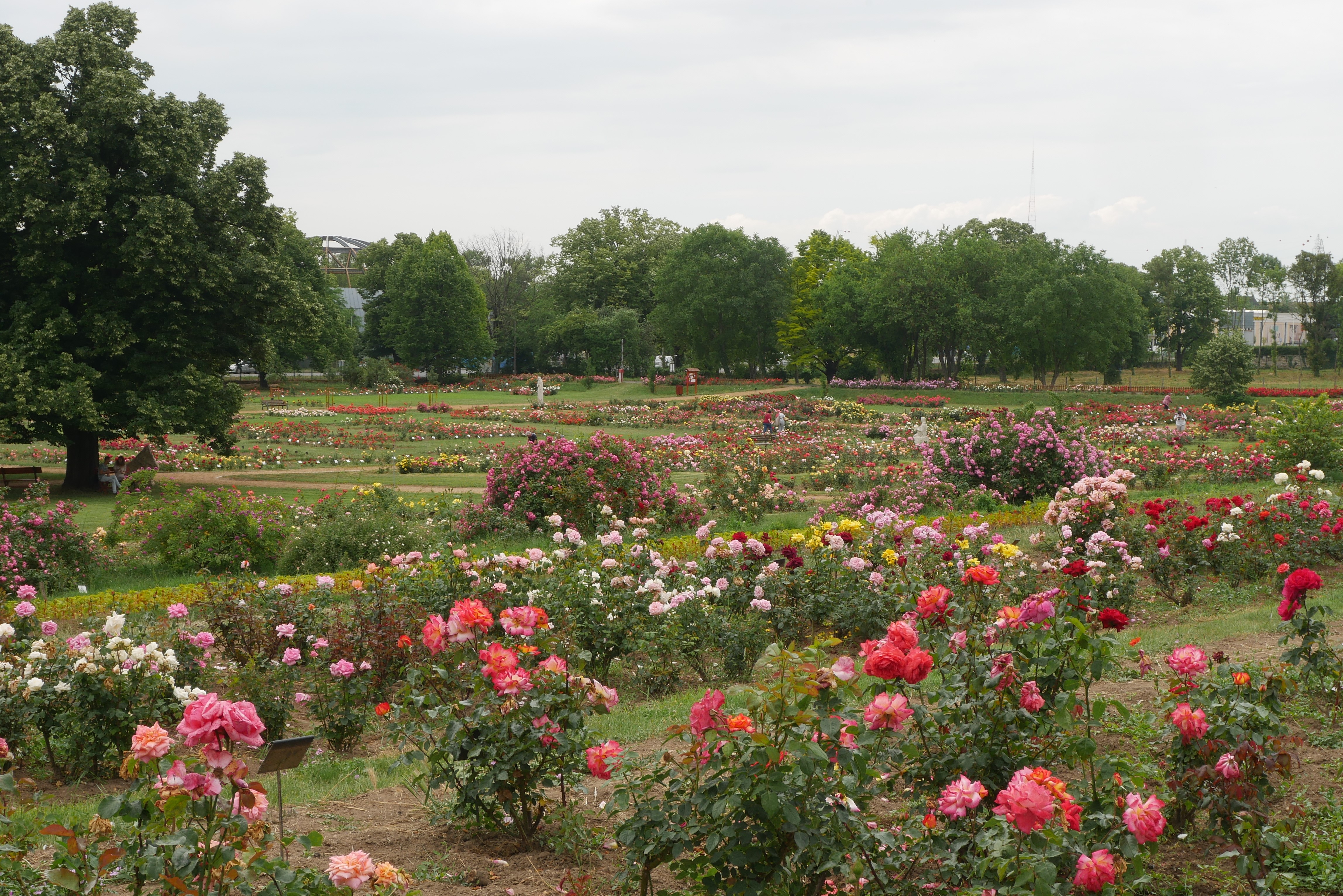
The rosary also serves research purposes. The rose collection provides good opportunity for practice-oriented variety-evaluations, and our goal is to develop models, which are suitable for assessing the ornamental values of the cultivars objectively as much as possible. Index type results are being calculated for decorativeness of foliage, rose hip, flower or flowering process of the rose cultivars. It is a good basis also for estimating the climate tolerance, marketability and usability of the varieties.
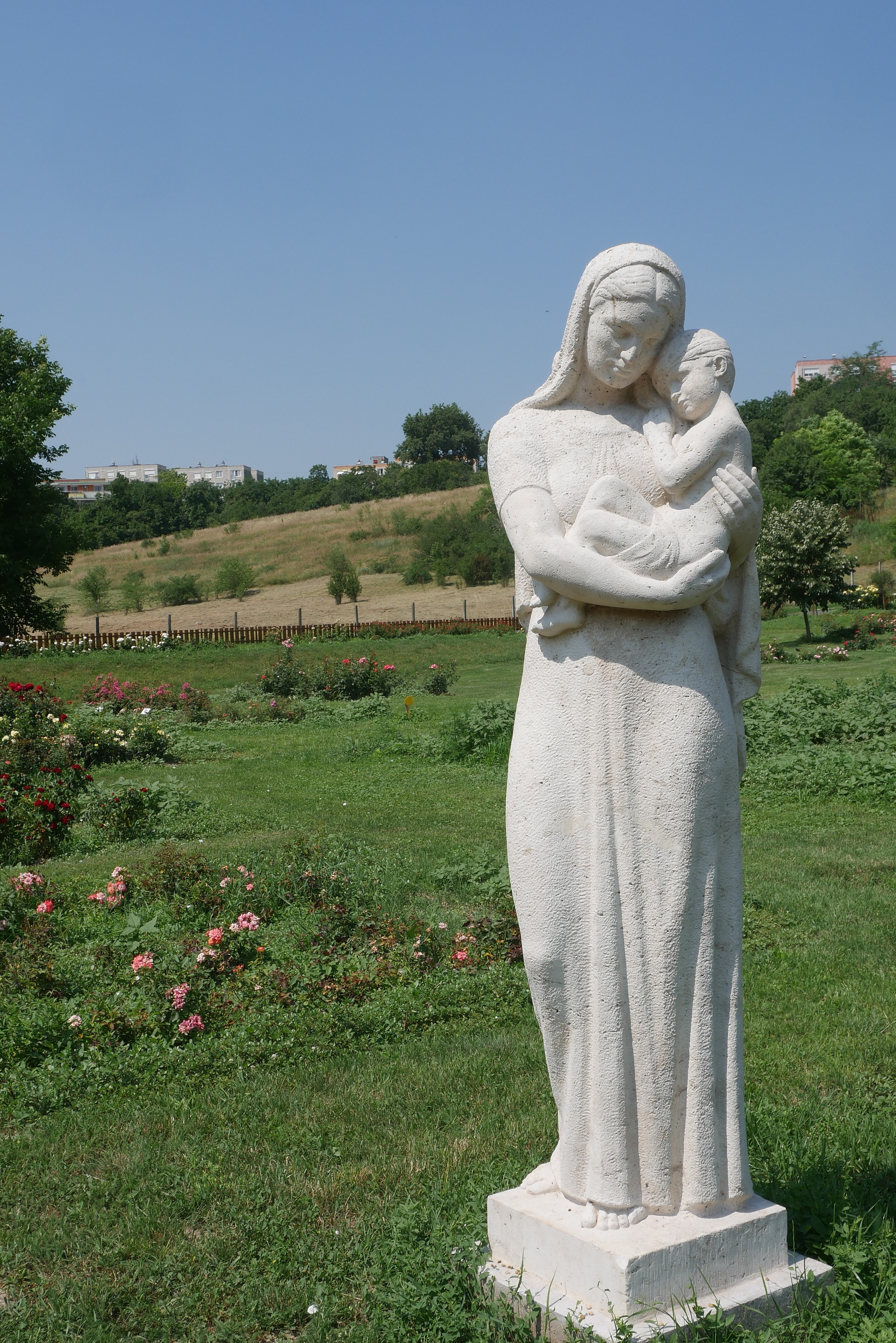
This garden is also an ornamental park. The garden, which is especially suitable for recreation and relaxation, was renewed in 2017, so it now receives the visitors with information boards, benches, park equipment and gravel paths. The Budatétény Rose Garden can be visited for free each day until dark. For smaller groups, we also provide guidance during the working hours. However, we ask everyone not to abuse the freedom: please don’t damage the roses and the furnishings, our common cause is to preserve this rose collection!

